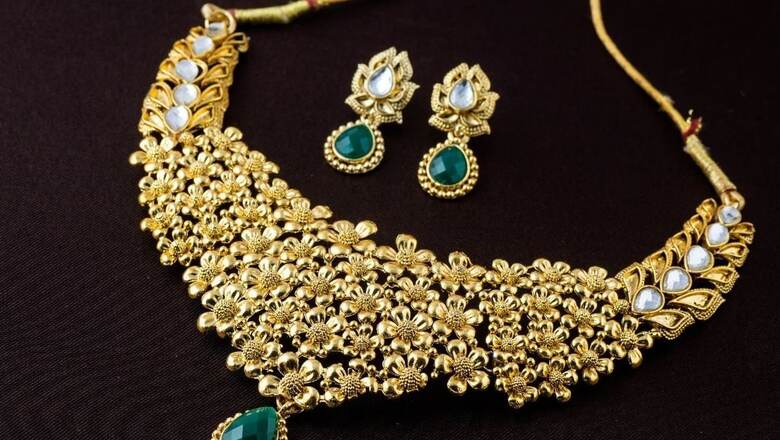
views
The term Kundan is frequently heard among gold investors and enthusiasts, often associated with the process of heating gold. While the common belief is that heated gold results in the refined form known as Kundan, it’s crucial to understand that Kundan extends beyond gold alone. Kundan is not just a metal but also refers to a specific form of jewellery-making, involving both gold and gemstones.
Contrary to the notion that Kundan solely emerges from heating gold, it is more accurately described as the purest form of gold utilised in jewellery. According to Yogesh Singhal, General Secretary of the Bullion and Jewellers Association of Kuncha Mahajani Delhi, Kundan is created by melting pure and purified 24-carat gold. This pure gold is then moulded into a strip, aptly named Kundan, and serves as the foundation for Kundan jewellery.
In jewellery, Kundan is not restricted to gold alone; there are also stones known as Kundan. These stones were extensively used in ancient jewellery, particularly in crafting exquisite pieces for the kings of Gujarat and Rajasthan. Even in contemporary times, Bollywood celebrities like Alia Bhatt have adorned Kundan’s jewellery, emphasising its timeless appeal.
Yogesh Singhal further explains that Kundan, as a gemstone, is applied to jewellery by affixing it with lac to a 24-carat gold strip. This meticulous process ensures both the strength of the joint and the flexibility of the final jewellery piece. Given the weightiness of Kundan jewellery, it is intentionally made flexible to prevent fragility. The process involves pasting or attaching Kundan stones to the gold strip, showcasing the seamless integration of craftsmanship and durability.
With a rich heritage spanning over 2,500 years, Kundan jewellery holds the distinction of being one of the oldest forms of jewellery in India. Originating during the Mughal and Rajput periods, Kundan jewellery flourished under their patronage and continues to carry the artistic legacy of those eras. This traditional art form has successfully adapted and evolved, maintaining its regal charm and allure in the contemporary jewellery landscape.


















Comments
0 comment